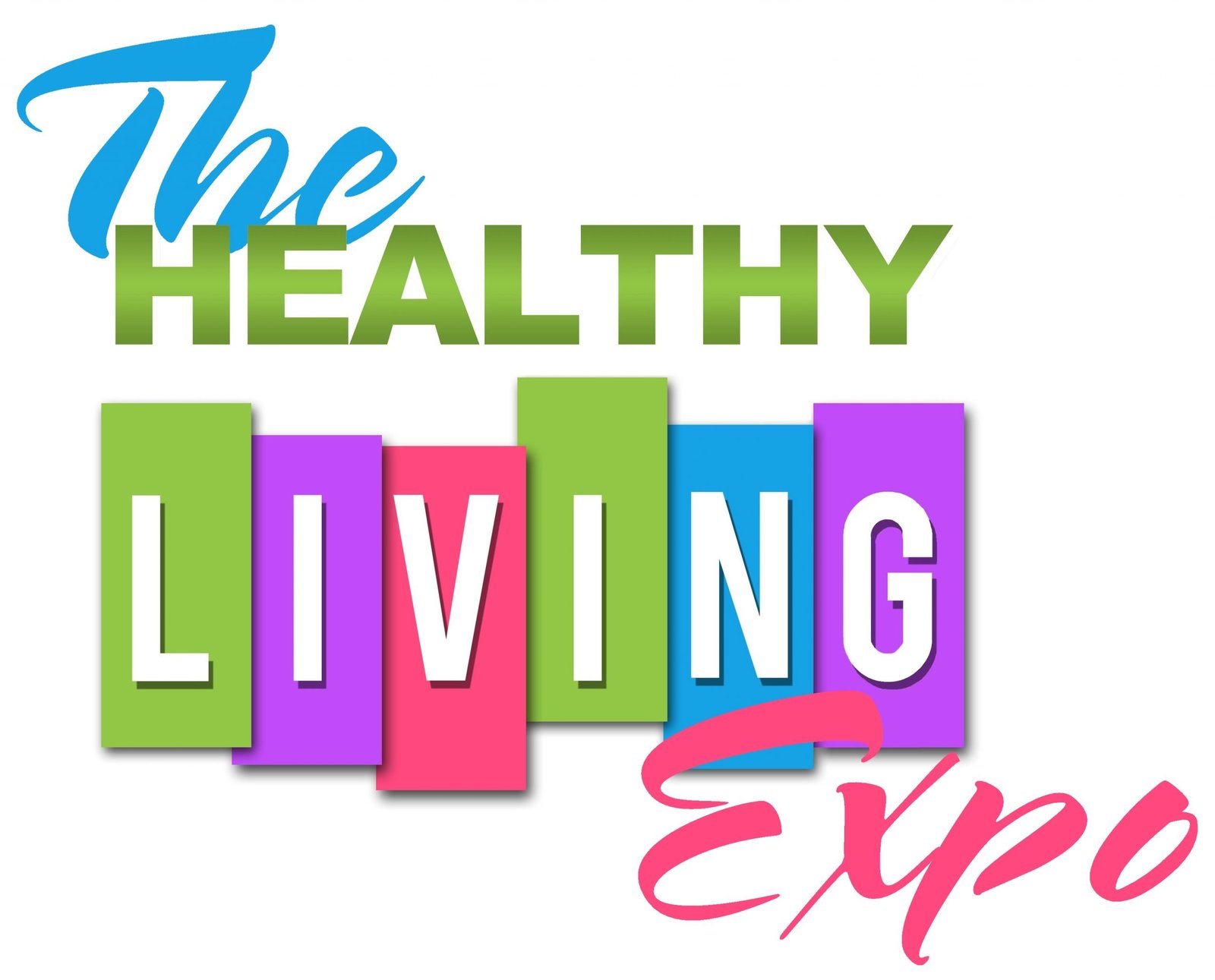Twenty Everyday Ways to Get Moving
Do you find it difficult to fit 30 minutes of physical activity into your life every day? Twenty Everyday Ways to Get Moving It may be easier than you think—even with a busy lifestyle. These everyday activities can count toward your day’s total if they’re done with moderate intensity—and most take only a little extra time, perhaps 10 minutes at a time.
Twenty Everyday Ways to Get Moving
1. Wake up 30 minutes earlier, and take a brisk walk to start your day.
Need someone to get you going?
Schedule your walk with your spouse or a neighbor.
2. Forget the drive-through car wash.
Wash the car yourself. Bonus: You’ll save money at the same time.
3. Take the stairs instead of the elevator or escalator.
Walking upstairs is a great heart exerciser, calorie burner, and muscle builder!
4. Park at the far end of the parking lot for a longer walk.
Get off the bus a stop ahead, then walk the rest of the way to your destination.
Walk your kids to and from school.
5. Are you a computer user—on and off the job? Give yourself at least 5 minutes off for every hour or two of computer time: walk to the water fountain, or go up and down a few flights of stairs.
6. Walk around your building—outside or inside—during your lunch or coffee break.
You’ll burn energy rather than being tempted to nibble on a snack.
7. Get a dog, and walk together.
No dog? Then borrow a neighbor’s dog or push a baby stroller.
8. Play actively with your kids, grandkids, or pets.
Some dogs like to play with a Frisbee as much as kids do!
9. Before and after dinner, walk—and talk—with your family.
To burn more energy if you have an infant, use a baby carrier on your back rather than pushing a stroller.
10. Do backyard gardening.
(Bonus: Grow fresh vegetables and herbs if you can.) In the fall, rake leaves
11. Ride your bike (the kind you pedal) to work or to a friend’s home—if it’s safe to do.
Walk to do nearby errands, such as grocery shopping for small things or going to the post office.
12. While you watch television, do household chores or projects: mop the floor or refinish a piece of furniture.
Avoid “couch potato” syndrome.
13. Catch up with your around-the-house work: wash the windows, vacuum or shampoo the carpet, clean
the garage or basement, sweep the sidewalk.
14. Use the exercise equipment you already own.
Do two things at one time: ride your stationary bicycle while you read the morning paper or a news magazine.
Watch the morning news while you work out on your rowing machine.
15. Push your lawnmower instead of using the power-assisted drive.
Skip the snowblower; shovel the snow by hand if you’re fit.
16. Make homemade bread. Knead the dough by hand, not with a bread machine or a food processor.
17. Use a restroom at the other end of the building so you get an opportunity to walk.
18. Plan an active family vacation or a weekend outing.
Rather than sit on a beach, go canoeing, hiking, or snow skiing.
19. “Walk your talk!” If you like to chat on the phone, move your body while you talk.
(Use hand weights while talking on the phone.)
20. Rent an exercise video or DVD rather than a movie. And work out as a leisure-time activity.
The Law of Success-Author Napoleon Hill




